Earth’s Extra Moons May Hide Solar System’s Oldest Secrets
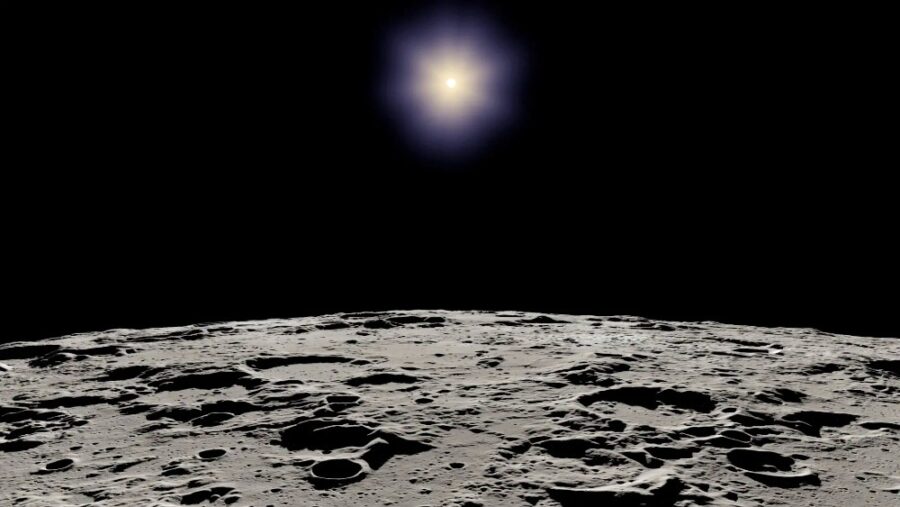
Scientists have begun putting increasing effort into looking at extracting material from Earth’s moons to try and learn more about the universe. It might be news to you to learn that the Earth even has more than one moon.
In truth, these extra moons are so small that they are classified as “minimoons,” but they could contain a lot of information to help us learn what else is actually out there beyond our world.
Finding Elements On These Moons
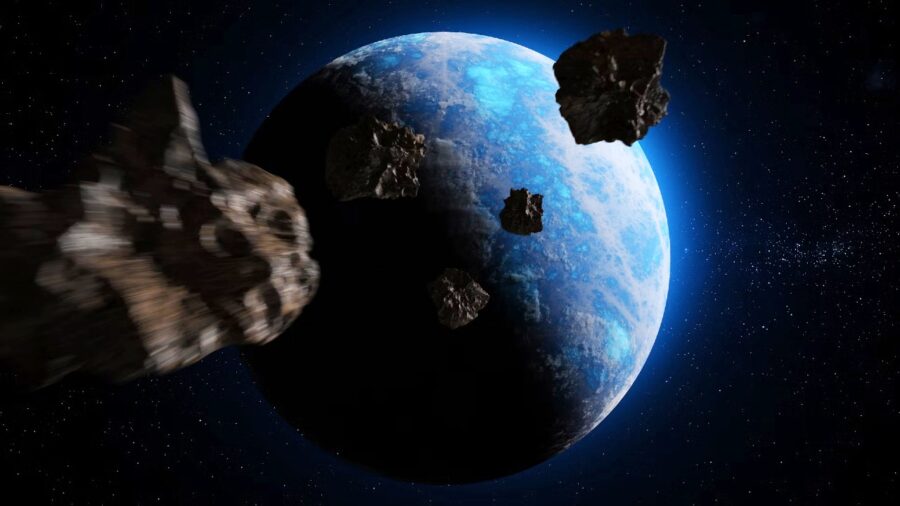
This is an especially exciting time for further study into these moons. Just last year, NASA had their OSIRIS Rex mission, which journeyed to the 4.5 billion-year-old asteroid named Bennu.
This mission yielded fascinating results: there were traces of water and carbon on Bennu, two of the elements that were necessary for life to begin on Earth.
The natural question that arises from this is, if these elements are present on other bodies in the universe, could that mean that life was once present on one of them? Or that life could still be present on one of them?
Can’t Go Deep Enough Into Space
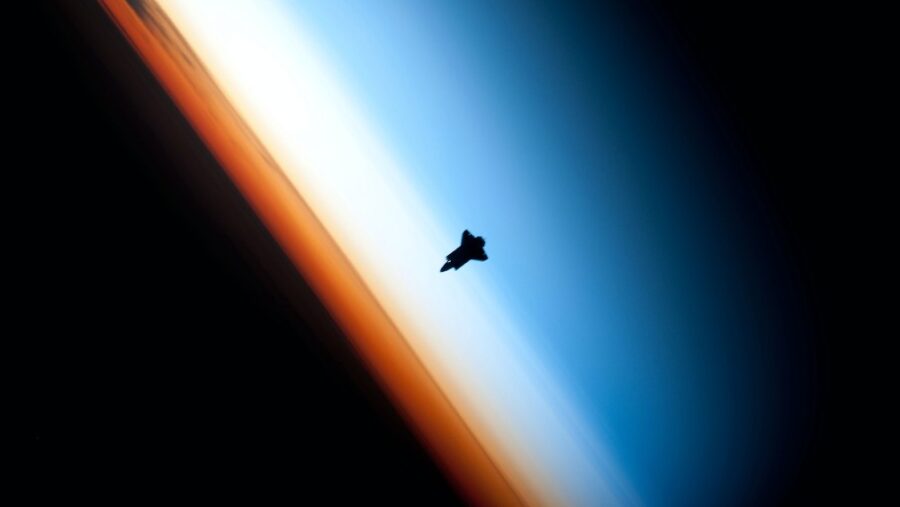
Unfortunately, we are still likely a long way away from having the technology to send anything deep enough into space to find the concrete answers to those questions.
But the minimoons orbiting the Earth could help paint a clearer picture. Scientists believe these moons came into the Earth’s orbit from originally being asteroids that were pulled all around the universe from the gravitational pull of other planets.
Meaning the minimoons around the Earth could actually be pieces of some far off world we have not even discovered yet. So if our technology can not reach those worlds, we might have the next best thing orbiting our planet.
Like Looking At A Time Capsule
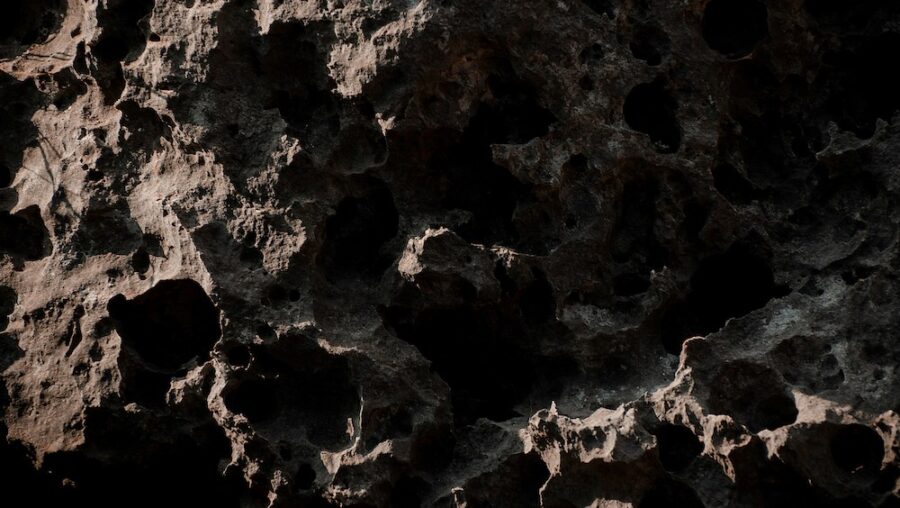
Like the information obtained from Bennu, scientists view the opportunity to learn from these minimoons to be similar to looking into a time capsule and discovering what the past was like.
These moons near our planet could provide breakthroughs into learning what other planets were like and how habitable they were. It could also give us a clearer insight into exactly how long the universe dates back to.
Life On These Moons?
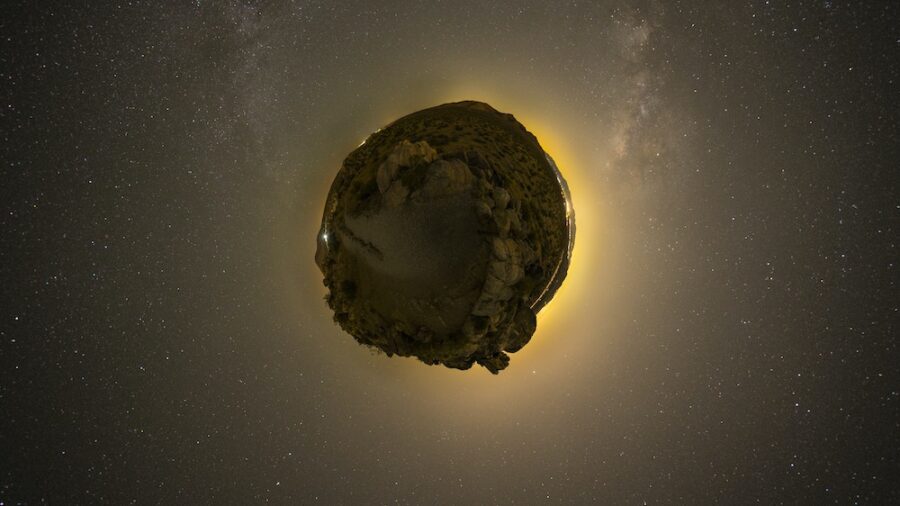
In 2019, the Japan Aerospace Exploration Agency extracted samples from the asteroid known as Ryugu.
The materials collected from this excursion revealed that the asteroid stardust was older than our entire solar system. There were also traces of amino acids that are common in organic matter such as hair and muscle here on Earth.
The implication behind these findings was clear: had there once been life on Ryugu? Did this asteroid stem from another planet that had had an entire history and civilization that existed before our own even sprang into existence? Our own moons could hold similar such secrets.
Getting To Moons Earlier
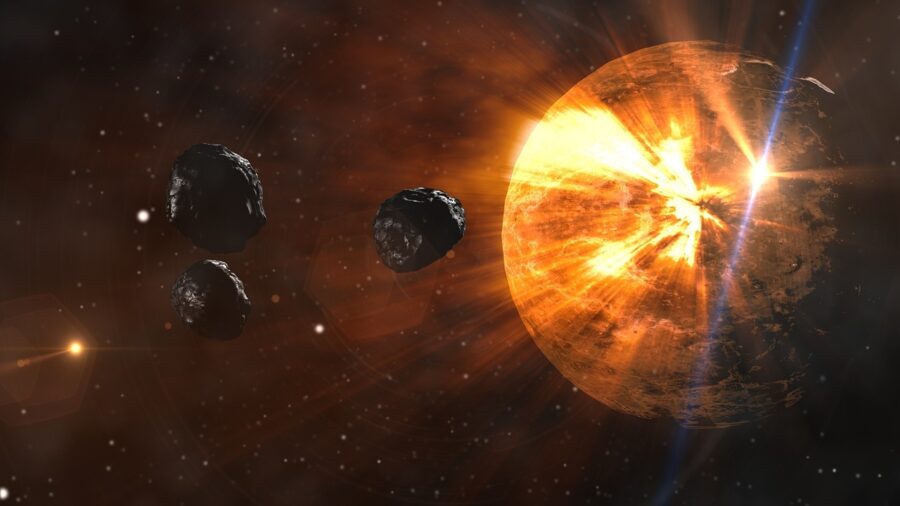
Scientists state that extracting resources from these minimoons also provides a much better sample to analyze than asteroids that collide with the Earth.
Once asteroids enter our atmosphere and land on our planet, they already become contaminated, damaging the potential findings and also making it more difficult to determine what came from our planet versus elsewhere in the universe.
Harvesting Minimoons
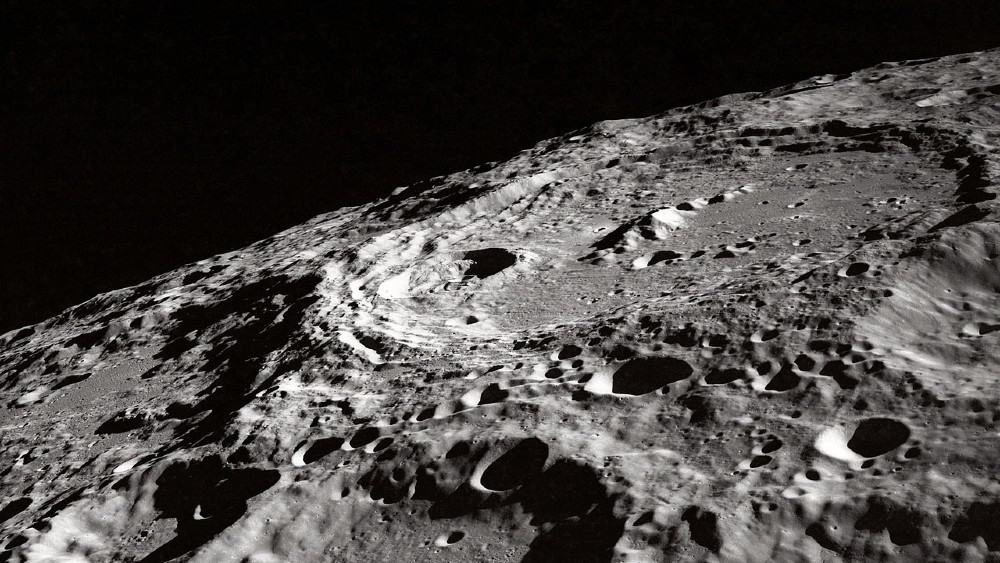
While the biggest mysteries of our universe likely exist far beyond our current reach, clues to them could be floating around our planet every day.
Scientists are excited to begin harvesting more resources from these minimoons. Some of the answers to our biggest questions could have been orbiting our own planet all this time.
Source: Live Science












